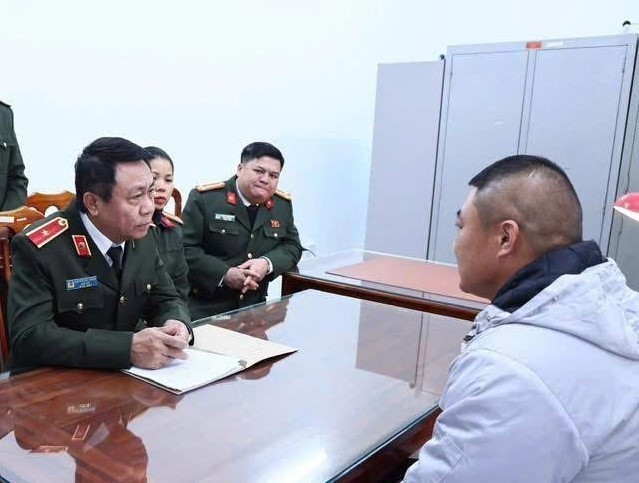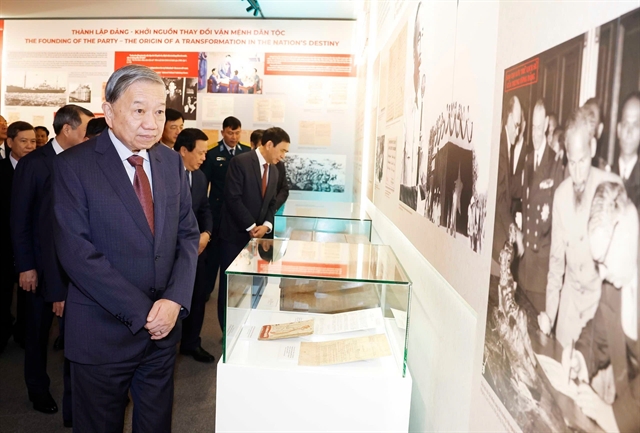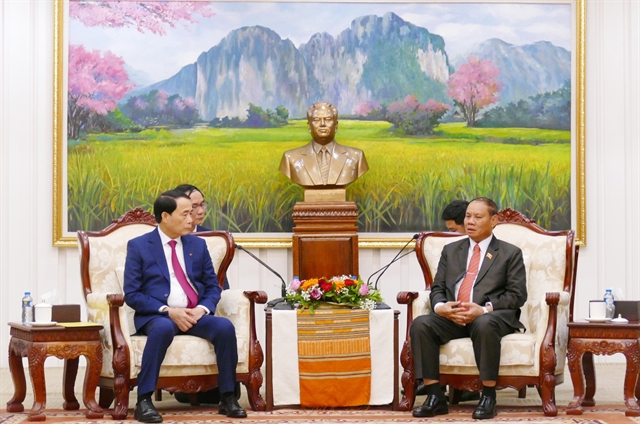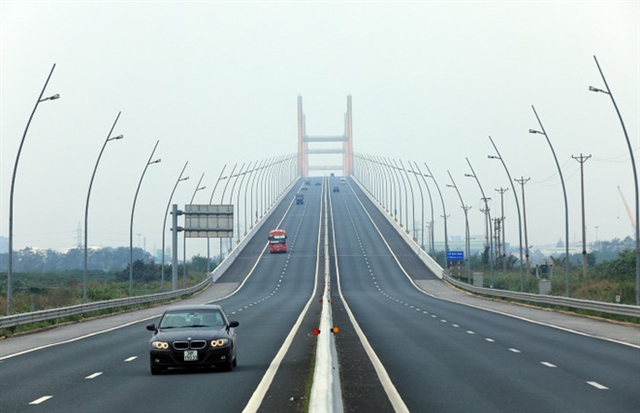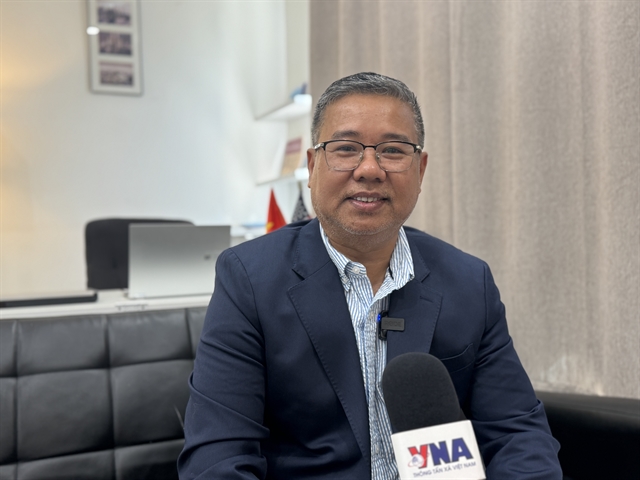 Opinion
Opinion
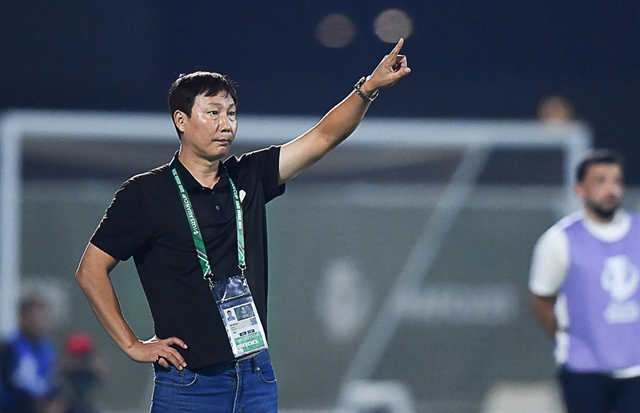
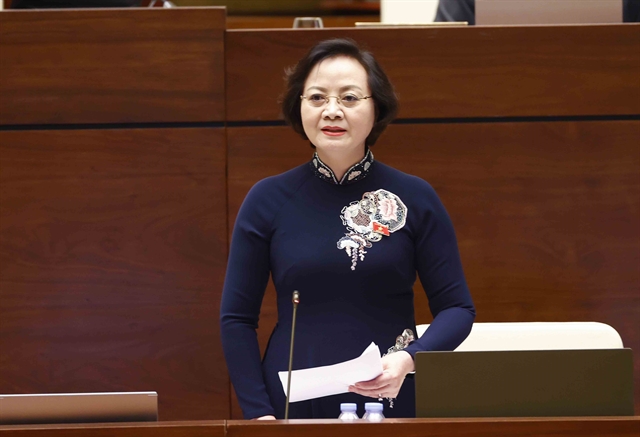 |
| Minister of Home Affairs Phạm Thị Thanh Trà. — VNA/VNS Photo |
After six years of streamlining the State apparatus from 2016 to 2021, the Politburo evaluated that the work has gained achievements. The rate of civil servants was reduced by 10 per cent, and the rate of employees receiving salaries from the State budget was reduced by 11.7 per cent respectively compared to 2015. Minister of Home Affairs Phạm Thị Thanh Trà spoke with Vietnam News Agency about synchronised solutions for streamlining the State apparatus while enhancing the quality of the workforce.
In the draft proposal for a new decree on streamlining the State apparatus, the Ministry of Home Affairs mentioned that "there are opinions that the recent streamlining State apparatus has mainly focused on reducing the number of retirees or quitters without truly being linked to performance evaluation and job completion ratings." Could you provide further clarification on this issue?
According to reports from 20 ministries, sectors, and 49 localities, the total number of State employees streamlined from 2014 to June 30, 2022 was 64,869. Among them, 34,194 people, accounting for 52.7 per cent, were streamlined due to their failure to fulfill their duties at work annually, and 10,174 people, accounting for 15.7 per cent, did not meet the training standards.
Streamlining the State apparatus was also attributed to restructuring the workforce of officials and employees according to job positions, accounting for 5,240 people, or 8.1 per cent; surplus personnel resulting from organisational and personnel rearrangement within administrative units accounted for 10,020 people, or 5.5 per cent; 2,811 people, or 4.3 per cent, were unable to fulfill their assigned tasks due to inadequate training in relation to their current job positions, and 2,430 people, or 3.8 per cent, had health issues.
From the above analysis, it can be observed that the highest proportion of streamlined individuals resulted from their failure to meet the annual task completion requirements. Therefore, it can be affirmed that the initial results of streamlining the State apparatus, as stipulated by the Government, have removed individuals who were unable to meet job requirements, and restructured and enhanced the quality of the workforce, improved labour productivity, reduced costs, and created a healthy working environment for the operational efficiency of agencies, organisations and units.
However, some opinions suggest that the results of the streamlining State apparatus during the 2015-2021 period have only achieved the target in terms of quantity, without truly focusing on restructuring and improving the quality of the workforce, including officials and civil servants.
This is also the evaluation report by the Ministry of Home Affairs on the current state of streamlining the State apparatus. Based on this, recommendations and proposals will be made to the Government regarding policy measures when developing a decree on streamlining the State apparatus policy in the near future.
The ministry’s evaluations above indicate that the goals of streamlining the State apparatus while enhancing the quality of the workforce is still a long-term process. What is your comment about this issue?
Indeed, streamlining the State apparatus and improving the quality of the workforce is a long-term goal that requires the implementation of multiple tasks and synchronised solutions for each specific stage and context.
The Central Committee and the Politburo have issued resolutions and specialised conclusions regarding the restructuring of the State apparatus. The National Assembly and the Government have focused on institutionalising the Party's directives, improving mechanisms, policies, and legal provisions, including policies related to streamlining the State apparatus while enhancing the quality of the workforce, to serve as a foundation for ministries, sectors, and localities to implement.
So far, we have achieved some initial positive results, and I believe that with the involvement of the entire political system, coupled with a sense of responsibility and determination in leadership and guidance for the development of specific plans, strategies, and measures, we will be able to achieve the goals set in the Party's resolutions and conclusions in the near future.
According to the draft proposal, there are cases where officials and civil servants want to retire or resign, but they are not in the category of streamlining the State apparatus. Therefore, they choose to work with low efficiency in order to be evaluated as not fulfilling their tasks, aiming to qualify for the streamlining. In your opinion, what are the reasons for this situation?
This situation arises from the fact that the performance evaluation and classification of officials and civil servants have not been accurately conducted. As a result, the implementation and application of the policy on streamlining the State apparatus in many places have not achieved the intended goal of removing individuals who do not meet the job requirements in order to enhance the effectiveness and quality of the workforce.
This highlights the requirement for State agencies to take responsibility for evaluating, classifying, and correctly addressing the right people and tasks. Only by doing so can we accurately select individuals for streamlining the State apparatus. When conducting evaluations, we must link to task performance and output results. If we assess based on intuition, the process of State apparatus will be more challenging.
What solutions has the Ministry of Home Affairs proposed to retain officials and civil servants in the public sector or provide reasonable arrangements for their contributions to State agencies?
The Ministry of Home Affairs is also deeply concerned about this issue. During the fourth session of the 15th National Assembly, the ministry and the Government reported to the National Assembly on the situation of officials and civil servants resigning and transferring positions, and proposed solutions to attract, reward, and employ a high-quality workforce of officials and civil servants in State administrative organisations and units.
From the perspective of State agencies, we must pay close attention to the existing workforce of officials and civil servants, particularly by having salary policies and improving income. Recently, the ministry has submitted a decree to the Government to increase the basic salary, effective from early July. This is one step to contribute to salary reform and create conditions for increasing income for the workforce.
Furthermore, we must enhance financial autonomy to generate additional revenue sources for public units, thereby improving the income of officials and civil servants.
Apart from income issues, State agencies must create a good working environment for officials and civil servants, providing them with opportunities for dedication. When they contribute, we have the responsibility to acknowledge, encourage, reward, and inspire them in a timely manner.
In addition, there should be policies for planning, training, and developing officials from an early stage to ensure a leadership source for the future.
In the coming time, as the Government implements the roadmap for salary policy reform in accordance with Resolution No27-NQ/TW, issuing policies to attract and value talented people in the public sector, improving regulations on the management, recruitment, and appointment of officials and civil servants, and improving the quality of public service activities and civil servants' performance, I believe that we will be able to build a professional workforce of officials and civil servants that is sufficient in quantity with high quality. – VNS

